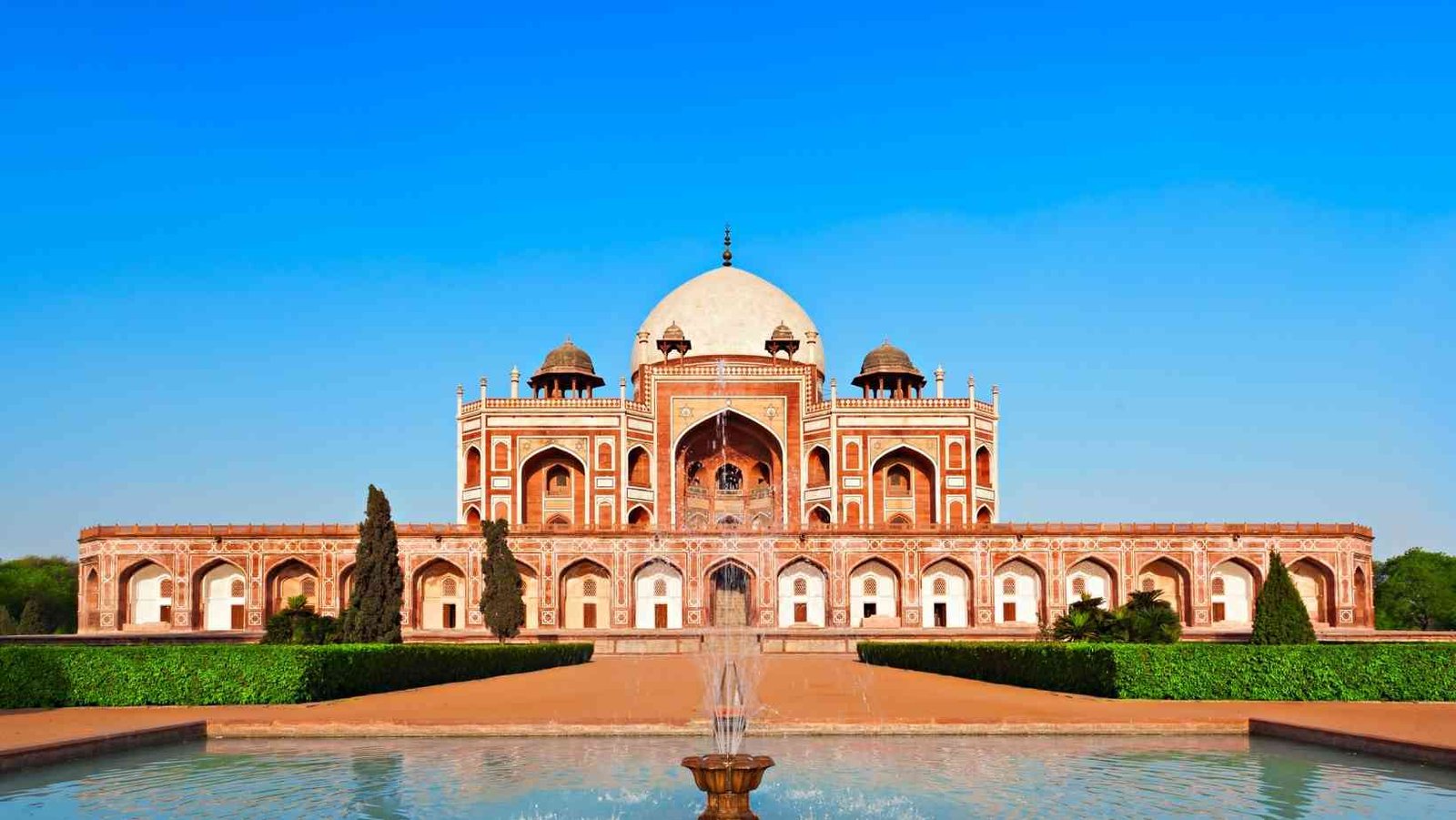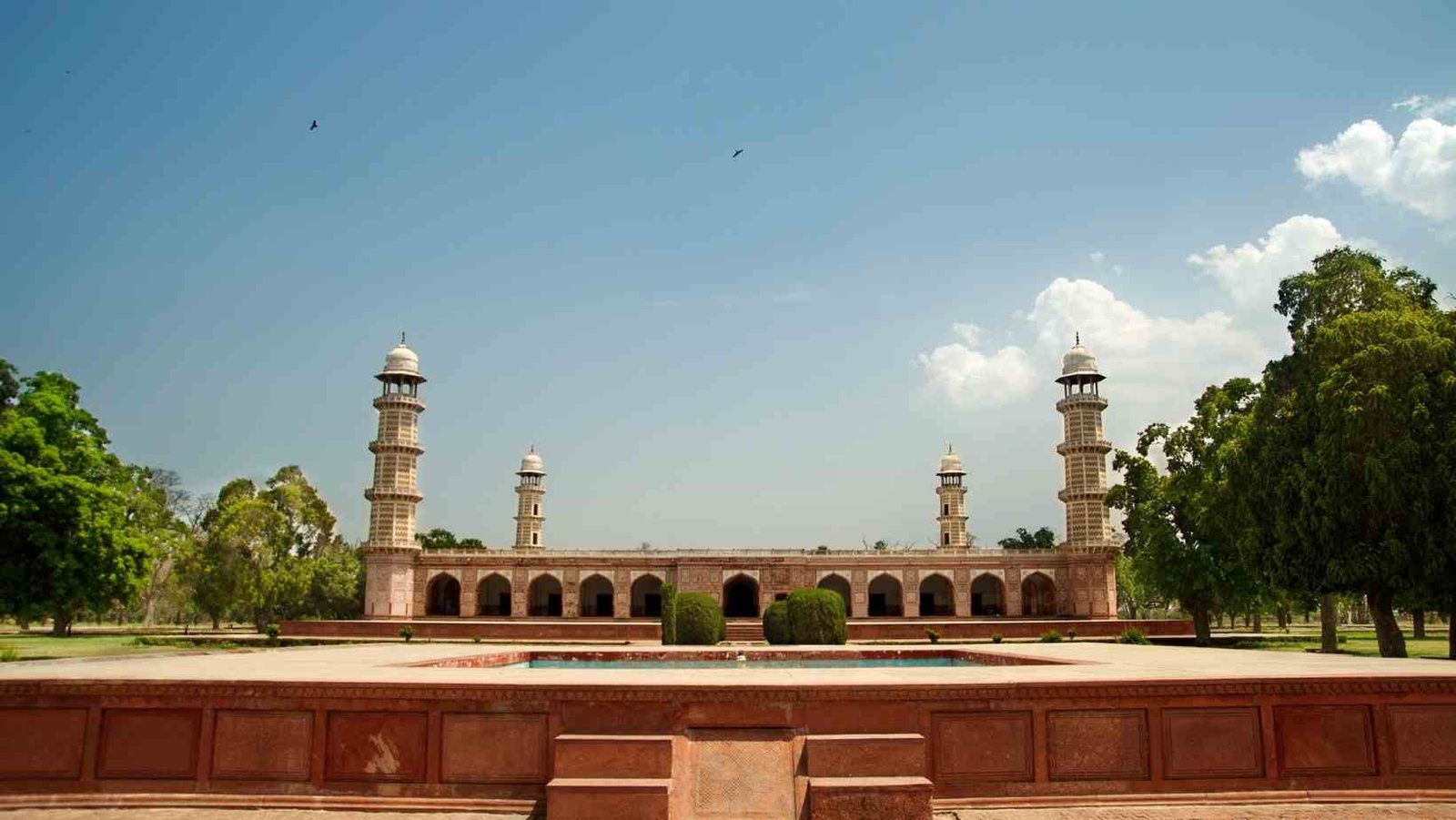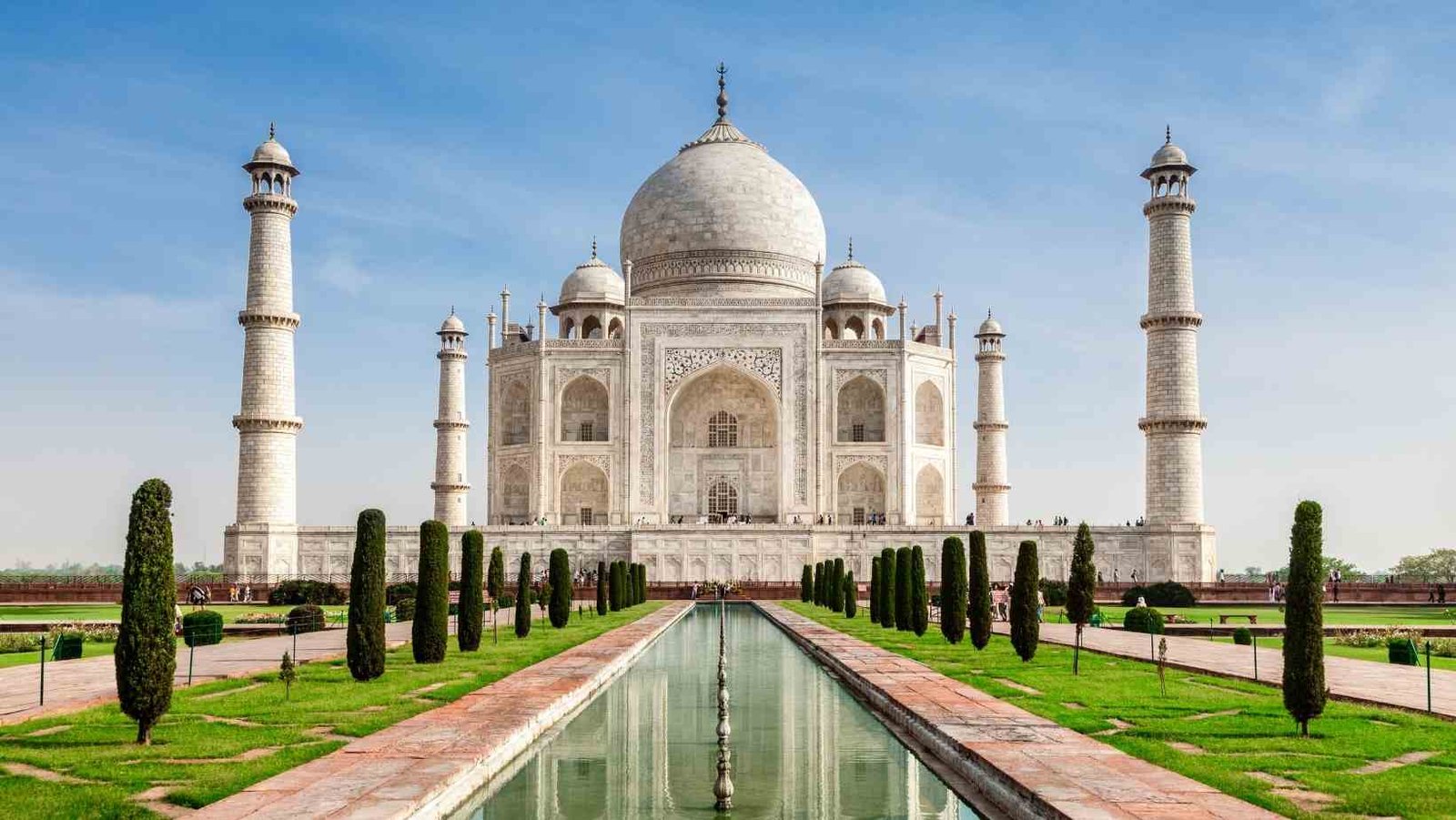The Mausolus Mausoleum was a tomb constructed in Halicarnassus for Mausolus, a Persian Empire governor. The building was deemed such an artistic success by Antipater of Sidon that he named it one of the Ancient World's Seven Wonders. The term "mausoleum" has subsequently evolved to refer to any large tomb, and this list includes some of the most well-known. Unfortunately, the renowned Mausolus Tomb did not make the cut. It was devastated by an earthquake and ultimately dismantled in the 15th century by European Crusaders.
Jump to:
10. Cyrus' Tomb Cyrus' Tomb
In the sixth century BC, Cyrus the Great founded and ruled the enormous Persian Empire. His mausoleum is the most significant structure in Pasargadae, modern-day Iran's ancient capital of Persia. Alexander made a visit to Cyrus' tomb after looting and destroying Persepolis, and ordered one of his soldiers to enter the monument. He discovered a golden bed, a table furnished with drinking cups, a gold coffin, some decorations studded with valuable stones, and the tomb's inscription: "Passer-by, I am Cyrus, who gave the Persians an empire and was ruler of Asia." Unfortunately, no evidence of such an inscription has remained to the present day.

9. The Mausoleum of Vladimir Lenin
The present burial site of Vladimir Lenin is the Lenin Mausoleum in Moscow. Since the year he died in 1924, his embalmed corpse has been on public display there. The corps needs regular maintenance in order to moisten the features and infuse preservatives under the clothing. The sarcophagus of Vladimir Lenin is maintained at a temperature of 16 °C (61 °F) and a humidity of 80 - 90%. The body is taken every eighteen months and given a special chemical wash. In the tomb, visitors are not permitted to take photographs or videos, nor to speak or smoke.
8. The Tomb of Humayun
In 1562 AD, his wife commissioned the Mughal Emperor Humayun's mausoleum. It was the first garden-tomb on the Indian subcontinent, and it established the standard for Mughal design in the following centuries. In India, the tomb is situated in Delhi. The mausoleum, which is built in the style of Persian architecture, stands at a height of 47 metres (154 feet).

The white marble façade is supported by the outer layer of the double dome, while the cavernous internal volume is shaped by the inner layer. The remainder of the structure is constructed of red sandstone, which contrasts with the pristine white outer dome. The main mausoleum took over 8 years to construct and is situated in the middle of a 30-acre Persian-style garden.
7. Sant'Angelo Castle
The Hadrian's Tomb, also known as the Castel Sant'Angelo, is a colossal cylindrical structure in Rome that was built as a mausoleum for the Roman Emperor Hadrian and his family. Hadrian's ashes, together with those of his wife Sabina and his first adopted son, were interred here a year after his death in 138. Following this, the bodies of successive emperors were buried here, with Caracalla being the most recent to be buried here in 217. The structure was subsequently utilised as a fortress and castle before being converted into a museum.
6. Jahangir's Tomb
The Tomb of Jahangir was constructed for Mughal Emperor Jahangir, who reigned from 1605 to 1627. This well-known mausoleum may be found in Lahore, Pakistan. Ten years after his father's death, his son constructed the tomb. It features four 30 metre high minarets and is set in a beautiful walled garden. There are frescoes and colourful marble in the inside. The mausoleum's interior has a raised white marble sarcophagus with mosaic flowers on the sides.

5. Imam Husayn Shrine
The Husayn ibn ‘Ali Shrine is situated in Karbala, Iraq, on the site of the tomb of Husayn ibn ‘Ali, Muhammad's second grandson, near the location where he was slain during the Battle of Karbala. For Shias, the tomb is one of the holiest sites on the planet, and many people visit there on pilgrimages. The shrine's perimeter wall is surrounded with wooden gates with glass embellishments. The gates lead onto a courtyard with 65 smaller rooms that are well furnished both inside and out. Husayn's tomb is encased in a cage-like structure that sits immediately under a golden dome.
4. Shirvanshahs Mausoleum
This tomb is located in Baku's Inner City and is part of the Palace of the Shirvanshahs, the largest monument of the Shirvan-Absheron branch of Azerbaijan architecture. Aside from the Shirvanshahs' Mausoleum, the complex includes the palace's main structure, a modest stone pavilion, the burial vaults, a mosque, and the bath-house remains. The mausoleum is rectangular in form and is topped with a hexahedral dome with multi-radial stars on the exterior. In the 15th century, Sultan Khalilullah I ordered the building of this modest burial-vault for his mother and son.
3. Shah-i-Zinda
Shah-i-Zinda, located in the north-eastern region of Uzbekistan, is one of Central Asia's most renowned mausoleums. Three sets of buildings are linked by four-arched domed passageways in the Shah-i-Zinda complex. The oldest structures are from the 11th and 12th centuries. The majority of the structures, on the other hand, are from the 14th and 15th centuries. The name Shah-i-Zinda, which means "living king," is linked to the tale of Kusam ibn Abbas, Muhammad's cousin. He was decapitated, according to the lenged, but he took his head and walked into the deep well (Garden of Paradise), where he is still alive today.

2. Army of Terracotta
Near the city of Xi'an lies the Mausoleum of the First Emperor of the Qin Dynasty (221 BC-206 BC), who successfully conquered all other nations and united China. The emperor's tomb has yet to be excavated, but his buried terracotta army, discovered nearby, has already become one of China's most popular tourist attractions. Over 8,000 men, 130 chariots with 520 horses, and 150 cavalry horses were believed to be buried in the Terracotta Army's three pits, the bulk of which are still buried.
The figurines are life-like and realistic in appearance. The realistic look of these figurines was achieved via the employment of a coloured lacquer finish, unique face characteristics, and genuine weaponry. Despite the fact that the weapons were stolen and the colours have faded somewhat, their presence attests to the amount of work and expertise that went into their creation.

1. Taj Mahal
The Taj Mahal in Agra is a massive white marble monument constructed by Mughal emperor Shah Jahan in remembrance of his beloved wife between 1632 and 1653. The Taj Mahal is one of the world's best-preserved and aesthetically stunning tombs, as well as a masterpiece of Mughal architecture and one of India's great marvels. The monument, dubbed "a teardrop on the face of eternity," is really an interconnected network of buildings. There are many additional magnificent structures, reflecting ponds, and vast attractive gardens with blooming trees and shrubs in addition to the white-domed marble tomb.

Leave a Reply